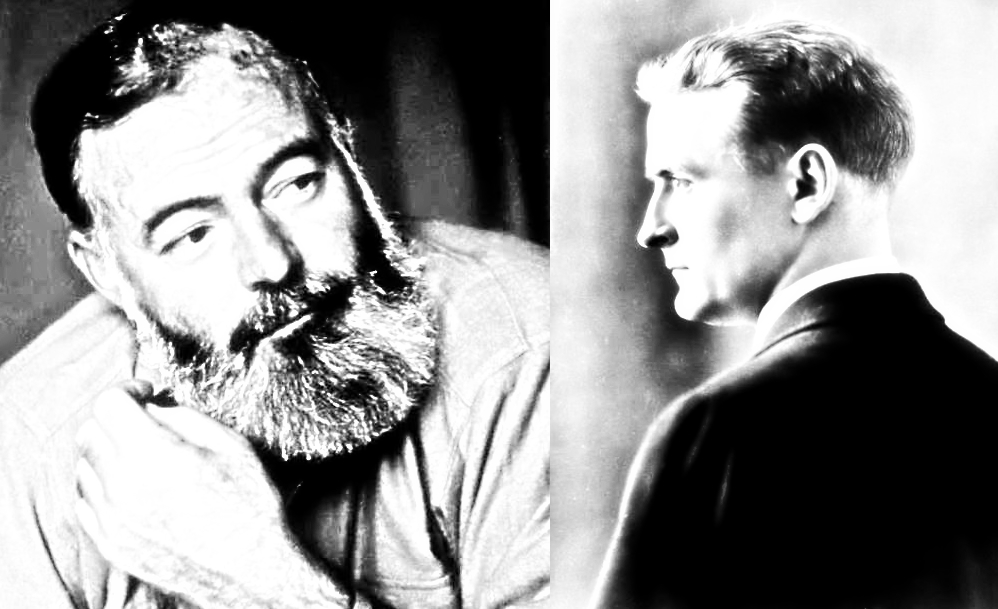I have had a million nightmares about creatures bursting out of my closet door or crawling out from underneath my bed and pulling me into a nightmarish hell of razor-sharp teeth, tentacles, and death. But why? Why did I spend all those nights up unable to sleep? Why did you?
Apparently, it’s because our parents were evil.
The origins of the bogeyman
Stories of bogeymen appeared as early as the 1500’s but probably appeared much earlier than that, as there are references to hobgoblins (Dungeons and Dragons, anyone?) and the term is somewhat synonymous with The Devil (or at least a very evil being on the spiritual spectrum).
Similarly, the word “bogey” is actually a reference to “ghosts” or “bug” in many languages, which, in contrast to hobgoblins, could also be a reference to bugbears (Dungeons and Dragons again, anyone?). There are definitely a lot of interpretations. Here are a few examples of different Bogeymen from around the world:
- Wewe Gombel: A spirit in the Semarang area of central Java who kidnaps neglected children from their parents until the parents understand the responsibility of raising children.
- Babaroga: A Croation boogeyman. An ugly, horned lady who hunts for unruly children at night to kidnap and eat.
- The Night Hag: An evil spirit that favors paralysis and “sits on the chests of her victims while they sleep” to cause nightmares.
Pretty much, the idea of the bogeyman is worldwide, but it means lots of different things to lots of different cultures, so regardless if your bogeyman was a horned lady or an evil spirit…it still lurked somewhere just beyond in the darkness.
Why all the horror, though?
Back in olden times, humans couldn’t just put on Child’s Play or Friday the 13th at too-early an age for children to scare the heck out of them. No, humans had to tell children stories—an oral tradition of storytelling, really—to get them to understand morals and how to act right.
“The most common thread between all the different interpretations is that it was mostly created to scare and discipline children. Creating compliance in children is something parents long for, but it is sometimes difficult to do with compliments and candy. Scaring them by telling them that a monster would come and eat them if they disobeyed is much more effective in that case.” (Master of Midnight).
So, we have a bit of olden times parenting to contend with as compliance and obedience were (and are) important functions to stability in a household. Children must be compliant and obedient for the purposes of helping with chores. Naughty children didn’t help with the animals and the crops, but the ones who knew their role in the household did. Those bad seeds, meanwhile, faced the prospect of being dragged off by a horrible creature that only existed in the nightmare projections of their parents’ minds.
Conclusion
The Bogeyman won’t come eat you because he “just feels like it”; nay, he will come eat you because you’ve done something bad, or, in some cultures, because your parents have done something bad. Just like a fable, the audience has to learn a lesson, and so must children, lest they be gobbled up by a creeping horror!
Works Cited
“History of the Boogeyman.” Master of Midnight. Weebly.
Geller. “Bogeyman.” Mythology.net. July 8, 2018. Web.







